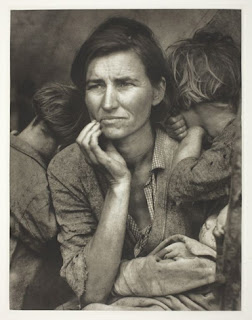Refugee
The 1951 Refugee Convention defines
a refugee as: “someone who is unable or unwilling to return to their country of
origin owing to a well-founded fear of being persecuted for reasons of race,
religion, nationality, membership of a particular social group, or political
opinion.”
 The book ‘Refugee’ follows the
story of three young refugees and their families that h
The book ‘Refugee’ follows the
story of three young refugees and their families that have all been forced to leave their home country for one reason or another. While this book is considered fiction, many elements of the stories are based in fact. The stories also reflect current refugee issues that are being experienced all around the globe.
One story follows the journey of a
Syrian boy, named Mahmoud, who is fleeing the violence in his home country with
his parents, brother and sister. While there are many elements of the story
that still ring true in today’s day and age, there was one specific moment in
Mahmoud’s journey that really brought home the struggle that refugees are
facing today. In the book, Mahmoud and his family have been detained by the Hungarian
police on their journey to Germany. They’ve been locked up in a crowded refugee
camp and Mahmoud was feeling discouraged, but he isn’t ready to give up. He
realizes that, while being invisible is safer, being visible is the only way to
get help. To be visible was dangerous, but to be visible was also hope. So he
became visible. He walked out of the refugee camp and all the others followed his
lead. The Hungarian guards didn’t dare do anything in front of the UN representatives
that were there, and Mahmoud and all of the other refugees marched to the
Hungarian border. They made the march together and got there safely.
This part of the story reminds me
of the refugee caravan that is making its way through Mexico as I write this.
Their goal is to find asylum in America and they’re doing this by traveling
together in one large group. I’m talking thousands of refugees fleeing Honduras
and Guatemala. Some are leaving to avoid gang threats, and some are fleeing due
to poverty and the inability to support their families on $5 a day. Others are
seeking to rejoin their families that were left in the US when they got
deported. Regardless of their reasons, their methods are serving to bring the plight
that refugees face to the forefront of mainstream media. They’re making people
see them, and hopefully convincing people to help them.



This was a really great blog post, and I like how you tied in the caravan with the book. The book might be fiction, but there are things like this still happening in the world today.
ReplyDeleteI think the caravan relates a lot to this book. If only the whole country could read this book, I think their opinions on the caravan might change and more would be willing to help them. I think you tied them in well with the book.
ReplyDeleteThat is a powerful picture that you end with. I appreciate your empathy with the "caravan."
ReplyDeleteReally great picture, Nichole! The caravan really is something we should be more empathetic about. You did a nice job of tying the characters in the book and the Honduran refugees together.
ReplyDelete